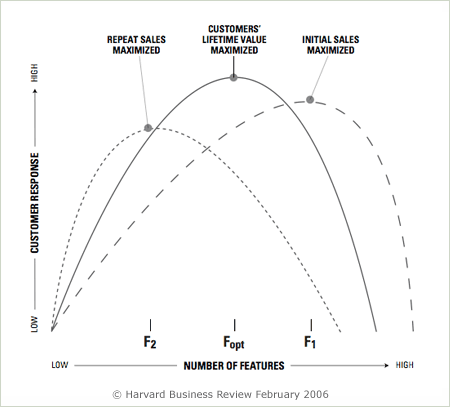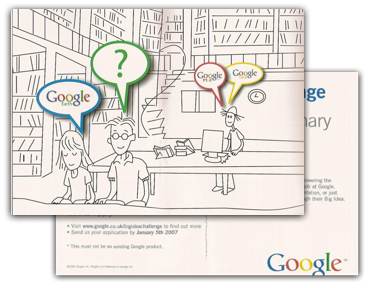 Earnest Shackleton had a problem.
Earnest Shackleton had a problem.
He was organizing an expedition to the South Pole and he needed a crew for his ship the Endurance. His goal was to land on the Antarctic continent and become the first to cross it.
(He named his endeavor the Imperial Trans-Antarctic Expedition and December 5, 1914, Sir Ernest Shackleton and 27 men under his command sailed from South Georgia Island in the South Atlantic aboard the Endurance.)
He had a starup, and he needed a team.
Shackleton could have tried to sell potential hires but he didn't. He needed to have his team self-select for the troubled times, not the good ones. He had a fair amount going for him in that he was an know explorer and had some name recognition.
He ran the following ad in the Times and according to the story, he was inundated with applications.
"Men wanted for hazardous journey. Small wages. Bitter cold. Long months of winter. Constant danger. Safe return doubtful. Honour and recognition in case of success."
Startups are not for everyone.
Having just joined Sendside Networks, I was at a baseball game Saturday when my Sister in LA called. During the conversation, we talked about Sendside and it got me thinking about why I would join a company where we would need a astronomically huge exit to make it a good financial decision when you factor in the income and opportunities I'll be loosing by just running my own businesses. (It made me wonder if one of the horses had kicked me in the head and I just couldn't remember it.)
So since my income may be dropping dramatically, I've been thinking why I'd join a startup. Here's what I find attractive:
It's a big idea: I see lots of deals that the entrepreneur thinks is big but really aren't. (That's not to say that they're not good businesses) World domination is always the goal and building an entirely new communications platform that could conceivably replace email is about as big as ideas get. Those are the kind of ideas I'm attracted to.
I like William, Geoff and the rest of the team: I've know William Borghetti for two years or so. When I decide to invite some people I knew to start a group of Park City Angels, William was at the top of the list. If you're going to work with someone in this kind of environment, you'd better like and respect them. I also like Geoff, Dave, Charlie, Calvin and everyone else I've met who's involved.
It's a challenge that fits my skill set: I have a low tolerance for stasis. Startups are an opportunity to move in a lot of directions at once and get things done.
It's green: The possibility that we may have a positive effect on the environment's not lost on me. Having spent some time trying to save Polar Bears I have a soft spot for hugging trees and smiling kids.
I'm choosing opportunity over security: I just don't understand anyone who actually want's a job. The first summer in college I had a job in a chemical factory. Some of the guys I worked with just wanted to have a job, a nice truck, and keep putting more chrome on it. I just don't get that. Give me the ability to make fresh tracks every time.
It's a door: If Sendside builds into a tenth of it's potential there will be plenty of other opportunities.
It's odd to me that most people don't make decision on these types of criteria. They'd like to, but they don't. They continually choose what they think is security. But the truth is that there isn't any security. People coming out of college today will change careers on average four time over their working lives.
There never is any real security. And there never will be.
Look at these two options:
Option 1: $100,000 salary and 50,000 options
Option 2: $80,000 salary and 80,000 options
The real decision is this: Is the extra $20,000 a year (a total of $80,000 over a four year vesting period) a better deal than an extra 30,000 options that may be worth a total of $1,000,000. (Insert any amount) So it's a question of a relatively safe $80k (if you're not fired which you may well be) vs a potential $1m. Is that even a question? In my mind it's not. Even if you only make $300,000 in the options it's a better deal. (Of course there's a risk that it's going to be worth nothing.)
But it's far more common to take the extra $20k.
If you'd take the $20k you're looking for a job. Shackleton would have left you on the dock.

















